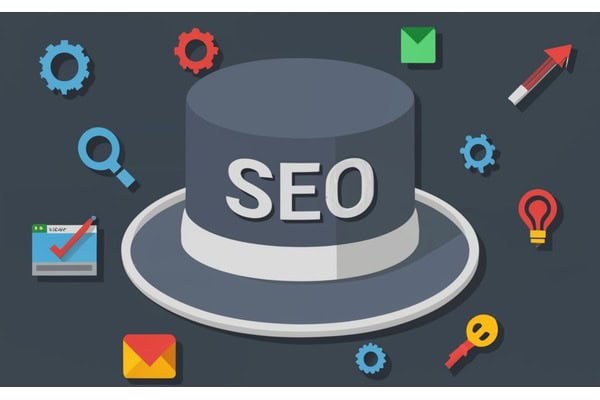User-Friendly WEBSITE DEVELOPMENT: THE UTMOST BEGINNER'S GUIDE
 12th Feb 2024
12th Feb 2024User-Friendly Website Development: The Utmost Beginner’s Guide
As an SEO expert, it's helpful to have some basic understanding of website building. Why? Because knowing how websites are made can lay the groundwork for boosting your site and brand. In this guide, we'll cover the basics of website development and the different types out there. We'll also talk about HTML and explore how web development and SEO can team up for success. No matter, if you're way to start a new one or thinking about getting one, you're in the right place.We'll break down the basics of website development to give you a clear understanding. This will help you plan your website and set achievable goals. Our guide provides all the info you need to kickstart your website development journey.



